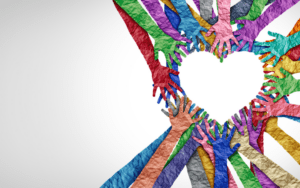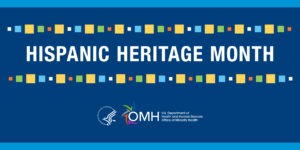EMDRIA Members Respond: How Can EMDR Therapists Increase Safety for BIPOC Clients?
EMDRIA members respond to: “How can EMDR therapists increase the sense of psychological, emotional, and/or physical safety for BIPOC clients?”
Read MoreEMDR Therapy and AAPI Populations
For Asian American and Pacific Islander Heritage month, we asked EMDRIA members, “What is something you would like EMDR therapists to know about Asian American and Pacific Islander populations?” Here’s what they replied.
Read MoreEMDR Therapy and Pregnancy
EMDR therapy is one way to treat women coping with overwhelming perinatal experiences. EMDRIA member Bethany Warren discusses EMDR therapy and perinatal mental health.
Read MoreEMDR Therapy: Insights to Serving Black Populations
EMDRIA members answer “What is something you would like EMDR therapists to know about Black and African American populations?”
Read MoreEMDR Therapy: Indigenous Voices
Shelley Spear Chief, EMDRIA member, shares her experience in adapting the EMDR standard protocol for Indigenous and First Nations clients.
Read MoreWhat Should EMDR Therapists Know About Native American Populations?
EMDRIA members answer the question “What is something you would like EMDR therapists to know about Native American populations?”
Read MoreWhat Should EMDR Therapists Know About Hispanic or Latinx Populations?
We asked EMDRIA members and EMDR therapists “What should EMDR therapists know about Hispanic or Latinx Populations?”
Read MoreEMDR and Racial Trauma GWT Magazine Issue
We invited several authors to write about “EMDR and Racial Trauma” in the Fall 2020 Go With That Magazine™️ issue.
Read MoreEMDRIA’s Commitment to Confront the Trauma of Racial Injustice
The EMDRIA Board of Directors recently issued the following statement to our members regarding racial discrimination and the disproportionate experience of violence by police that minority populations face. EMDRIA is committed to supporting those who are marginalized and who suffer from disparate treatment.
Read More- « Previous
- 1
- 2










